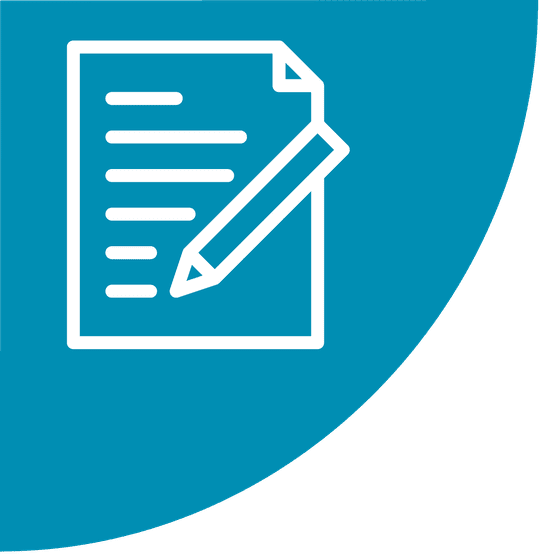NIOSH to Reevaluate Recommended Exposure Limit for Inorganic Lead
A new request for information issued on Aug. 21 by NIOSH announces the agency’s intent to establish an updated recommended exposure limit for inorganic lead. The current REL for inorganic lead, adopted in 2007, is 50 µg/m3 as a time-weighted average concentration for an 8-hour work shift during a 40-hour work week. NIOSH also intends to develop updated recommendations on the potential health risks, medical surveillance, and recommended measures for the safe handling of inorganic lead. The RFI is part of NIOSH’s effort to identify RELs that may not be adequate to protect workers from adverse health effects due to exposure.
Occupational exposures to inorganic lead, a naturally occurring soft gray metal, are found in many industries, including construction, electronic waste recycling, and smelting and refining. Workers can be exposed through inhalation, ingestion, and skin contact. NIOSH’s 1978 “Criteria for a Recommended Standard: Occupational Exposures to Inorganic Lead,” a revision of an earlier document, defines inorganic lead as “lead oxides, metallic lead, and lead salts (including organic salts such as lead soaps but excluding lead arsenate).”
NIOSH seeks both published and unpublished materials, including reports and research findings, to help the agency evaluate the possible health risks of occupational exposure to inorganic lead. This includes information such as work tasks and scenarios with a potential for exposure to inorganic lead, trends in the production and use of inorganic lead, and control measures for minimizing worker exposure to inorganic lead. NIOSH also requests data pertaining to the feasibility of establishing a more protective REL for inorganic lead. A full description of the information NIOSH hopes to gather can be found in the
Federal Register
notice
.
Comments on the RFI are due by Oct. 22, 2018. Electronic comments can be submitted via the docket on Regulations.gov
, the federal e-rulemaking portal.
OSHA’s permissible exposure limit for inorganic lead is 50 µg/m3 for an 8-hour period with an action level of 30 µg/m3. ACGIH’s threshold limit value for lead and inorganic compounds is 50 µg/m3 as a time-weighted average. The TLV carries an A3 carcinogenicity classification, ACGIH’s classification for agents that are confirmed animal carcinogens with unknown relevance to humans.
Inorganic lead does not easily enter the body through skin absorption, but it can be accidentally ingested through eating, drinking, or smoking with contaminated hands, according to OSHA. Workers exposed to inorganic lead can suffer from neurological effects, gastrointestinal effects, anemia, and kidney disease.
In 2015, NIOSH changed its definition of an elevated blood lead level in adults from 10 µg/dL to 5 µg/dL. OSHA requires workers to be removed from work when their blood lead levels reach 50 µg/dL in the construction industry and 60 µg/dL in general industry. Workers can be reinstated when their blood lead level recedes to 40 µg/dL.
Occupational exposures to lead have been a frequent focus of NIOSH’s Health Hazard Evaluation program, which helps workers and employers learn whether health hazards are present in their workplace. Recent HHE reports related to lead have focused on exposures at a battery manufacturer
, recycling facilities, and a military maintenance facility.
NEWSWATCH

LEAD
The RFI is part of NIOSH’s effort to identify RELs that may not be adequate to protect workers from adverse health effects due to exposure.

